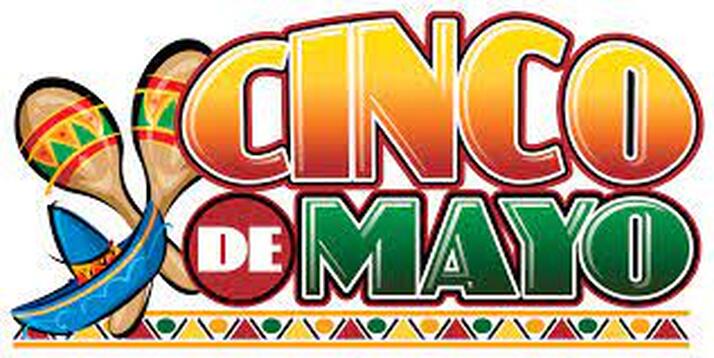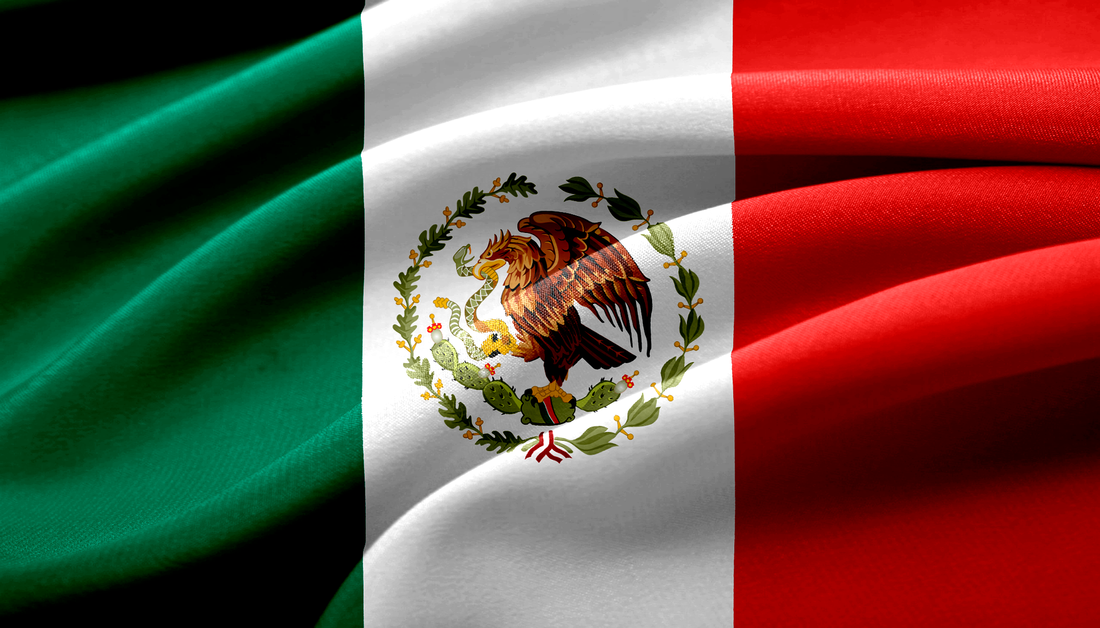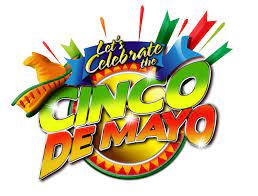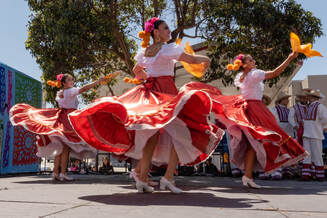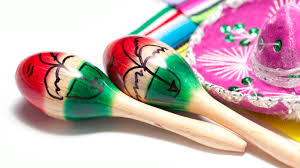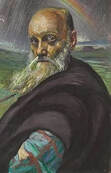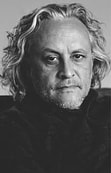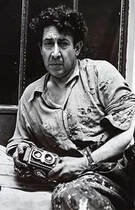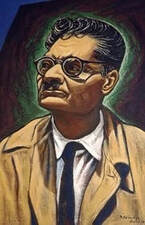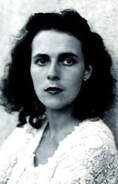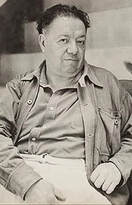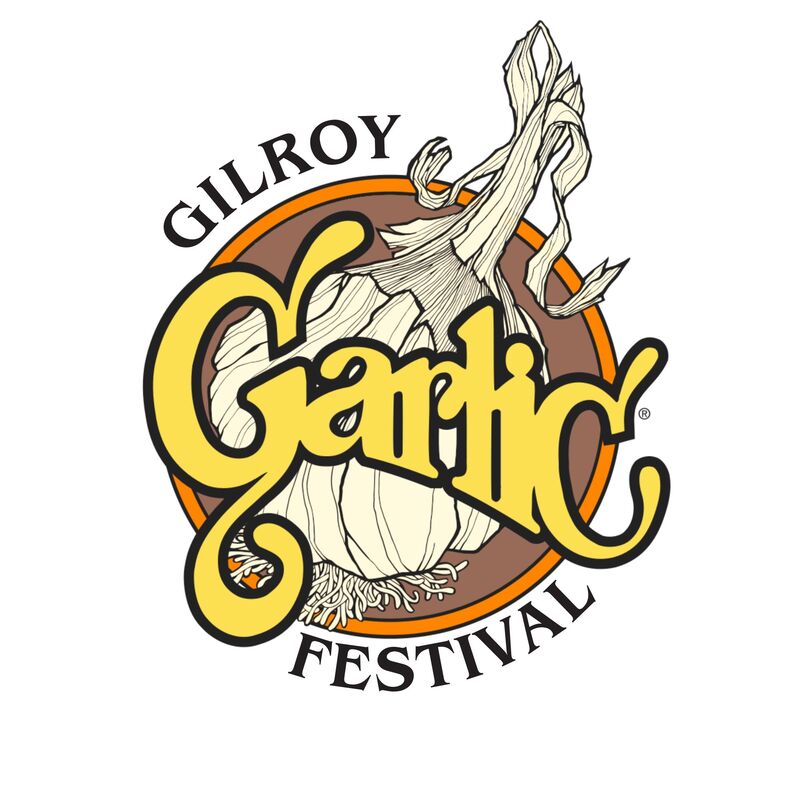Happy Cinco de Mayo!
MEXICAN INDEPENDENCE – September 16th
In 1810, Mexico began its war of Independence from Spain. Spain had colonized Mexico and much of Central and South America during the early 1500s. The Mexican war of Independence began on September 15, 1810, with a call for arms in the city of Dolores. The next day the battle began. The war lasted 11 years. Mexico celebrates its Independence on September 16th. The celebration begins the night before with El Grito de Dolores – a call for independence.
CINCO DE MAYO –LA BATALLA DE PUEBLA
Forty-one years after Mexico achieved its independence; France, then ruled by Napoleon III, tried to colonize Mexico. Napoleon III had what was considered the best European army. Its soldiers were considered invincible and had invaded and colonized other countries.
In 1861, Napoleon’s army landed in Veracruz. As they marched towards
Mexico City, the capital of the country, they were met by guerrilla resistance. On May 5th, Ignacio Zaragoza and a small band of Mexican guerrillas ambushed the French army at the outskirts of Puebla and were able to cause the French army considerable harm. The battle lasted from daybreak to early evening. When the French finally retreated, they lost nearly 500 soldiers. Fewer than one hundred Mexicans had been lost.
This defeat of Napoleon’s army heartened Mexico and they continued fighting with the French until they were able to force them to leave Mexico. The defeat of Napoleon’s army is celebrated on May 5th – Cinco de Mayo – an important holiday for Mexico, but not its Independence Day.
In 1810, Mexico began its war of Independence from Spain. Spain had colonized Mexico and much of Central and South America during the early 1500s. The Mexican war of Independence began on September 15, 1810, with a call for arms in the city of Dolores. The next day the battle began. The war lasted 11 years. Mexico celebrates its Independence on September 16th. The celebration begins the night before with El Grito de Dolores – a call for independence.
CINCO DE MAYO –LA BATALLA DE PUEBLA
Forty-one years after Mexico achieved its independence; France, then ruled by Napoleon III, tried to colonize Mexico. Napoleon III had what was considered the best European army. Its soldiers were considered invincible and had invaded and colonized other countries.
In 1861, Napoleon’s army landed in Veracruz. As they marched towards
Mexico City, the capital of the country, they were met by guerrilla resistance. On May 5th, Ignacio Zaragoza and a small band of Mexican guerrillas ambushed the French army at the outskirts of Puebla and were able to cause the French army considerable harm. The battle lasted from daybreak to early evening. When the French finally retreated, they lost nearly 500 soldiers. Fewer than one hundred Mexicans had been lost.
This defeat of Napoleon’s army heartened Mexico and they continued fighting with the French until they were able to force them to leave Mexico. The defeat of Napoleon’s army is celebrated on May 5th – Cinco de Mayo – an important holiday for Mexico, but not its Independence Day.
10 MOST FAMOUS MEXICAN ARTISTS
by Anirudh
by Anirudh
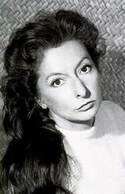
#6 REMEDIOS VARO
Lifespan: December 16, 1908 – October 8, 1963
Born in Angles, Spain, Remedios Varo had to flee to Mexico to escape war-torn Europe. She became a naturalized Mexican citizen in 1941. Remedios Varo was involved with the Surrealism movement. The Surrealists rejected rationalism and literary realism; and instead, focused on channeling the unconscious mind to unveil the power of the imagination. Remedios Varo differed from other Surrealists due to the constant use of religion in her work. Varo exhibited profound technical skill producing deep, intuitive paintings which provide extraordinary insights into human nature. She is most renowned for her enigmatic paintings of androgynous beings engaged in magic arts or the occult. Remedios Varo unfortunately died from a heart attack at the age of 54 when she was at the peak of her career.
Lifespan: December 16, 1908 – October 8, 1963
Born in Angles, Spain, Remedios Varo had to flee to Mexico to escape war-torn Europe. She became a naturalized Mexican citizen in 1941. Remedios Varo was involved with the Surrealism movement. The Surrealists rejected rationalism and literary realism; and instead, focused on channeling the unconscious mind to unveil the power of the imagination. Remedios Varo differed from other Surrealists due to the constant use of religion in her work. Varo exhibited profound technical skill producing deep, intuitive paintings which provide extraordinary insights into human nature. She is most renowned for her enigmatic paintings of androgynous beings engaged in magic arts or the occult. Remedios Varo unfortunately died from a heart attack at the age of 54 when she was at the peak of her career.
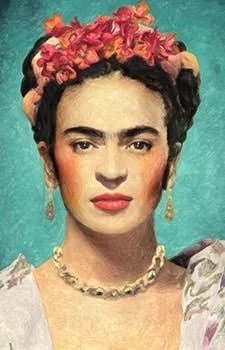
#1 FRIDA KAHLO
Lifespan: July 6, 1907 – July 13, 1954
On 17th September 1925, Frida Kahlo and her friend Alex were riding in a bus when it crashed into a street trolley car. Due to the grave injuries, she suffered in the accident, Frida had to undergo thirty-five operations in her life, bear with relapses of extreme pain and could not have children. While in hospital, Kahlo began painting and she ultimately abandoned her career in medicine to become an artist. Frida Kahlo is most famous for her self-portraits which often incorporate symbolic portrayals of physical and psychological wounds. She said, “I paint myself because I am so often alone and because I am the subject I know best.” Frida Kahlo is ranked among the greatest artists in the genre of self-portraiture. She is undoubtedly one of the most famous modern artists and perhaps the most renowned female painter ever. She also remains a feminist icon for the way she led her life.
Lifespan: July 6, 1907 – July 13, 1954
On 17th September 1925, Frida Kahlo and her friend Alex were riding in a bus when it crashed into a street trolley car. Due to the grave injuries, she suffered in the accident, Frida had to undergo thirty-five operations in her life, bear with relapses of extreme pain and could not have children. While in hospital, Kahlo began painting and she ultimately abandoned her career in medicine to become an artist. Frida Kahlo is most famous for her self-portraits which often incorporate symbolic portrayals of physical and psychological wounds. She said, “I paint myself because I am so often alone and because I am the subject I know best.” Frida Kahlo is ranked among the greatest artists in the genre of self-portraiture. She is undoubtedly one of the most famous modern artists and perhaps the most renowned female painter ever. She also remains a feminist icon for the way she led her life.

